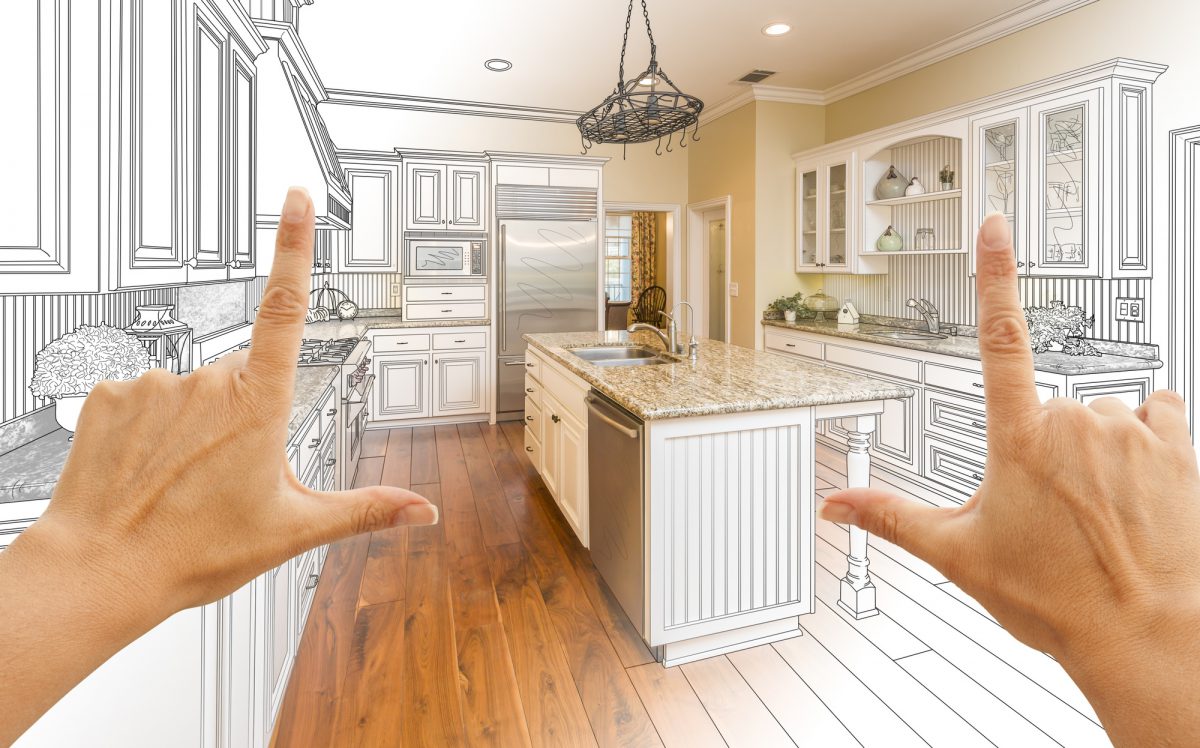Federal, state, and local government incentive programs for home remodeling are aimed at helping homeowners improve the value of their homes, which in turn supports the economy and helps strengthen communities. These are official programs that provide tax relief, low-interest loans, and other incentives, but they can be hard to find. For example, you may find a notice of a program on a postcard for a property tax increase. Currently, three major programs may be available in your area.
Property Tax Exemptions
What They Are: Home improvement property tax exemptions.
What They Do: These programs allow for total or partial exemptions from your local property taxes when remodeling your home.
Eligibility Requirements: Eligibility varies by county or town, but typically any owner of one property can qualify. The property usually must be owner-occupied but not always.
Counties rarely itemize which remodels are allowed; instead, they define them in broad terms, such as “material, actual, and permanent property improvements that increase value.”
Downside: Relief from property tax is only temporary.
Who Offers Them: Written into state law, these programs are administered by tax assessors and counties or towns.
FHA Rehab Loans
What They Are: FHA 203(k) Rehab Loan programs.
What They Do: Typically, when purchasing a home that needs remodeling, your first mortgage covers only the cost of the purchase, not the subsequent remodeling. Concurrently obtaining a remodeling loan may mean long approval times, high-interest rates, and balloon payments. Also, lenders don’t like to approve remodel loans at this time because your intended house, in its current less-than-perfect state, cannot act as proper collateral. Through FHA rehab loan programs, the U.S. government will insure your loan, wrapping the purchase and remodel amounts into one package and insuring it all for the lender.
Eligibility Requirements: Requirements are broad, ranging from minor (which HUD defines as $5,000 or more) up to a home that will be razed and completely rebuilt.
Downside: Inevitable red tape. However, independent consultants can help streamline the process for you.
Basic Requirements
Government home programs are limited to upgrades that increase a home’s value. Incentives do not apply to luxuries or amenities such as spas or outdoor kitchens. They also come with a few common rules for eligibility:
- You must apply before doing the work. Incentives are not available for past renovations.
- Types of remodels are limited. Programs primarily support basic rehabs that increase property value. For example, some property tax exemption programs will not cover replacing a composite roof with another composite roof but will cover an upgrade from composite to a higher-value material because this represents a property value upgrade. Some incentives even apply to tearing down a house and building a completely new one.
- Oversight is required. At least one inspection is required to make sure that the project exists and that it is proceeding according to plans.
Home Improvement Programs
What They Are: Home improvement programs (HIPs); typically low-interest or no-interest loans.
What They Do: Help you save thousands when counties or other local governments subsidize the interest on home remodeling loans. Interest may be completely or partially subsidized.
Eligibility Requirements: Various eligibility rules may apply, but generally:
- You must be rehabilitating an existing structure; it’s not for buying a new home and not for building another structure on your property.
- Your gross income may not exceed a certain limit.
- The loan is not used for luxury items, such as pools or decks.
Downside: Not all areas offer HIPs.
Who Offers Them: Learn about loans offered in your area by contacting the local county tax assessor. You may be directed to a private lender to obtain a home equity loan, or HELOC, subsidized by the county.

